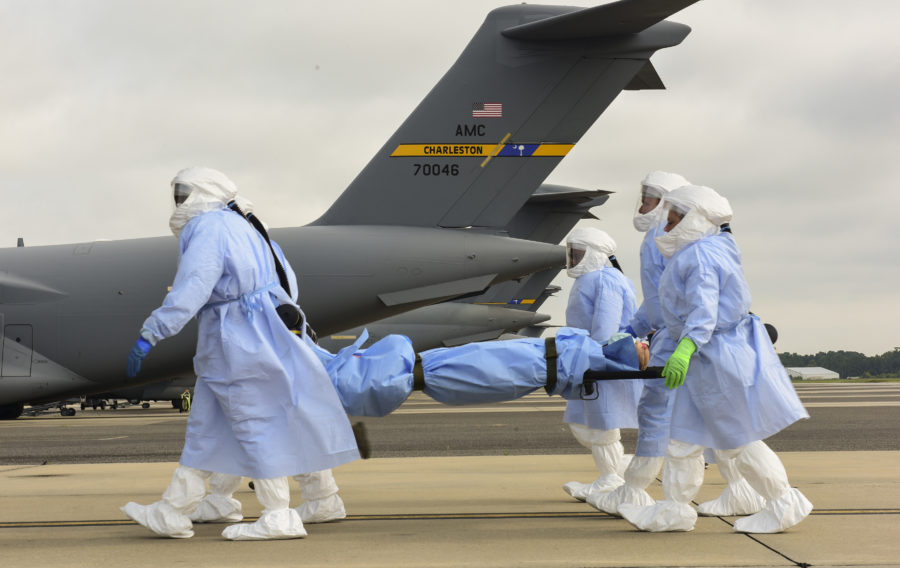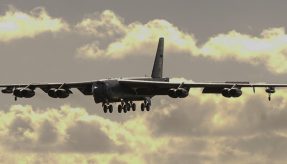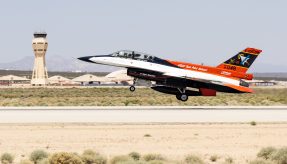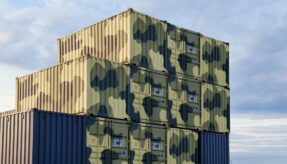
US Air Force personnel from the 628th and 375th Aeromedical Evacuation Squadrons have teamed up with medical researchers from universities in Indiana and Nebraska to conduct Transportation Isolation System (TIS) training.
TIS was developed in the aftermath of the 2014 Ebola outbreak as an enclosure able to safety transport patients with highly infectious diseases. The objective of the training was to better implement and evaluate procedures for the transport of highly infectious patients from one location to another via aeromedical evacuation.
“For the last three months we have been working with multiple bases to improve the process of transporting highly infectious patients,” said John Lowe, researcher at the University of Nebraska Medical Research Center. “The University of Nebraska is really committed to the global health community. This collaboration with the air force allows the medical community to observe and improve its capabilities.”
For the first time, the training implemented two TIS pods on a single C-17 Globemaster III. The first pod was used to quarantine a simulated highly infectious patient, while two additional simulated patients that had been exposed to the first were monitored and put under close observation in the second pod.
“The University of Nebraska is considered to be the leading experts of biological contamination in the United States.” said Major Heather Cohen, Air Mobility Command Deputy Chief of Medical Modernization. “An exercise like this provides extremely important readiness training to our aeromedical airmen. The airmen were able to familiarize themselves with the various procedures and personal protective equipment required for this type of mission.”
When the team arrived at Offut Air Force Base, all three patients were taken into the care of Omaha safety officials. In a real-world scenario, they would be transferred to one of ten facilities across the US equipped to treat highly infectious patients.
“The most important thing, when it comes to the TIS, is making sure the patients and crew members are transported as safely as possible,” said Master Sergeant Latresia Pugh, AMC aeromedical evacuation technician. “We’ve made tremendous strides in improving the plans and procedures through our collaboration with various agencies.”
According to the US Air Force, continuous innovation and training in the use of the TIS helps to provide the safest and most effective form of transportation for medical professionals and the patients in their care.
“We don’t know what the bug of the future might be,” said Cohen. “This is the next step in preparing for as many scenarios as possible.”
If you would like to join our community and read more articles like this please click here.
Aeromedical Evacuation Infectious Diseases Transportation Isolation System US Air Force







